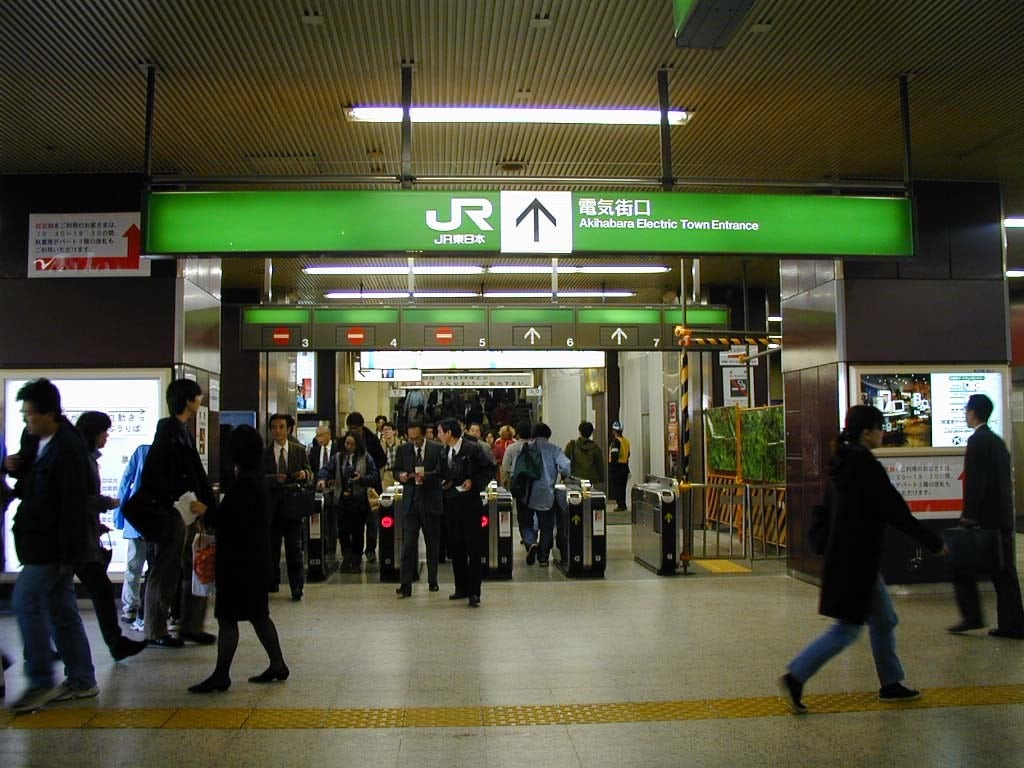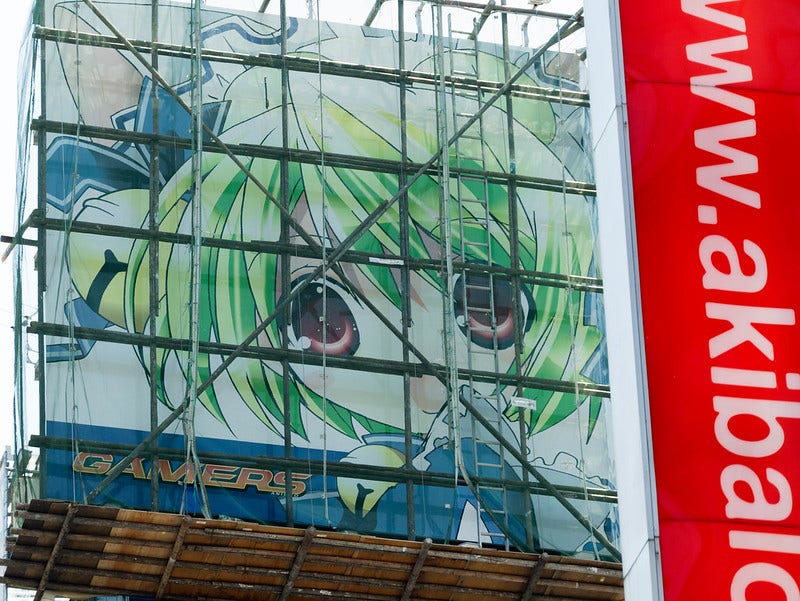back to the multiverse
twenty five years ago today, to heart came to the playstation. while that’s expectedly two years after the PC release, the default for galge ports in this era, it was actually always planned as the initial release to begin with, which allowed it to skirt usual sony rules that forced ports to give up their maiden ero name. although it’s a console port with the usual upsell of full voice acting and redrawn CGs, it’s also a legally distinct take on the base game, enough so that the route changes and improvements introduced by it were eventually ported back to the PC as a new release. to heart’s success through this era was perhaps one of the most consequential moments for galge, kickstarting the nakige and belonging to the trilogy that imagined the visual novel, along with familiarizing players to the replayability of tightly segmented character routes. still, to heart was never strictly first in these respects, even as the commercial and critical success that it was. of course, not every genre-defining title should be expected to be a first, or even a blueprint that its successors borrow from. if you found yourself falling down the hole of limited editions for the first time, though, or saw the ground shifting below your feet with moe chara, it was likely always going to feel like one to you anyway.
twenty five years ago today, to heart adorned hanging posters on trains and promotional mats at four stations along the yamanote line. on each mat, a helpless multi pinned to the floor endured the trampling of weary businessman — undoubtedly, a concept that would have trouble being greenlit today. let’s excuse the naivety with the rules for promotional moe not being codified yet. at akiba station, where she was placed most prominently as you descended the stairs from the upper platforms, multi’s presence was more of a bellwether than an event unto itself. for a transitional akiba, before character signage perched atop every building and hobby shops had totally superseded the tables of independent merchants, this was a moment of social consciousness for otaku media, though perhaps more of an inevitable manifest to its zealots. for one of the first times, akiba was blowing out the computer dust to reveal a fresh, moe face.
twenty five years ago, the akiba station of yesteryear is almost entirely unrecognizable from what even a local would be familiar with today. looking in from the electric town exit (the one you probably meant to leave from instead of the other two), there are about half as many ticket gates to pass through. the brown tones of this old exterior look almost wood-aged, before the entrance would be pushed back to create additional space to meet up with friends outside. beyond the ticket gate, the singular staircase where multi was placed led up to the platform stairways that still flank today at each side, before there was a widened concourse that gave territory to country vegetables, walk-in salons, and pillars with digital signboards of fuyuko. the central gate exit wasn’t here yet either, with there not being any yodobashi camera to visit or tsukuba express to ride, and there was no escalator that brought you directly to the showa dori gate exit — you had to first ascend up to the third floor platforms, only to then come back down. multi’s arrival was contrarily not welcomed with the flurry of attention that would beget these station expansions, or even a deresute JR campaign, but as a bubbling ambience in a neighborhood that was undergoing rapid development in all corners. the dejiko building would arrive a few months after to pose for photos and to fully qualify akiba with an otaku signpost, but multi disappeared under regular commuter congestion at what was an awkward chokepoint for glamour shots. no one snapped her photo for their blogs, or to report about it on akiba PC hotline. instead, the surviving evidence of her existence is thanks, mostly, to one fanatic with a personal site. akiba’s enduring myth, as an oasis for the socially fringe outcasts, has always been seeded from the obsessives like this that have imagined an enclave that supported their niche interests, and as one that couldn’t be intruded upon. that mythos, along with reactive commercial interests, are what have arguably stewarded akihabara through a strong cultural boom that is still reverberating today.
twenty five years into the future, that identity is increasingly scrutinized and doubted. with the retreat of toranoana, the shuffling of traders harkening back to its blossoming out of the then defunct messe sanoh, and the shuttering of key landmarks over the past few years, there has been plenty to doom and gloom over akiba’s health for the otaku that supervised it over a boom period. some, rightfully, may characterize it now as a tourist trap. talk with the hobbyists still around from the PC revolution a generation prior, though, and they’ll gladly bemoan that moe was already the extinction event for them, even as they set up the scaffolding for it. akiba, more honest to any other identity it is known for, is the site of culture under transition, from produce market to electronics district. it’s an insecurity and inevitability that seems emblazoned in the swath of otaku media that still regale it, grappling with diverging timelines and butterfly effects that see it erased of its moe history, and is one that is being retreaded through a nostalgic lens as much of the otaku luster has begun to wear from it. readers and watchers of these works, meanwhile, are vanishingly likely to have ever ventured up to the top floor of the old radio kaikan building, where a gaping hole is left in it during steins gate, to have seen a glimmering plaque from the long defunct bit-inn tokyo, a satellite NEC sales office, that once celebrated itself as the birthplace of personal computers. from 1998 to 2003, almost every shop in that building, once the crown jewel of the electronics district, would be displaced by hobbyist shops like volks, k books, and yellow submarine. that old radio kaikan, before it was relocated to a new building across from the electric town exit, fittingly celebrated the diverging wordline on its last day; dejiko as a defacto mascot, overlooking chuo dori, was always going to be subject to the same fate. the pachinko parasite, which also snuck in the door alongside her, will probably be more likely to outlive it all.
today, the chaos has dissipated. animate has absorbed half of the vacant space from the shops that have fled. the surviving junk shops, resiliant as they are, continue to retreat from the sunshine that peeked in from back alleys into basements further underground. even the maids, like the fly-by-night tables hawking bootleg cartridges before them, can no longer tout without being subject to the same sort of police scrutiny. today, it’s still akiba. at least, it’ll always feel as such, for as long as the kebab shops continue to hang around.



